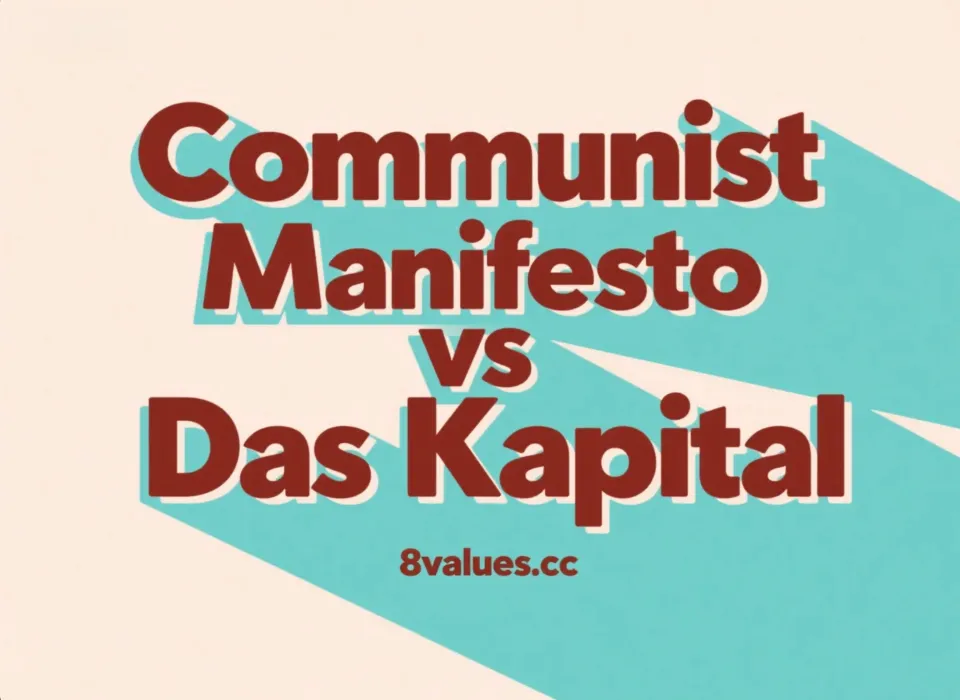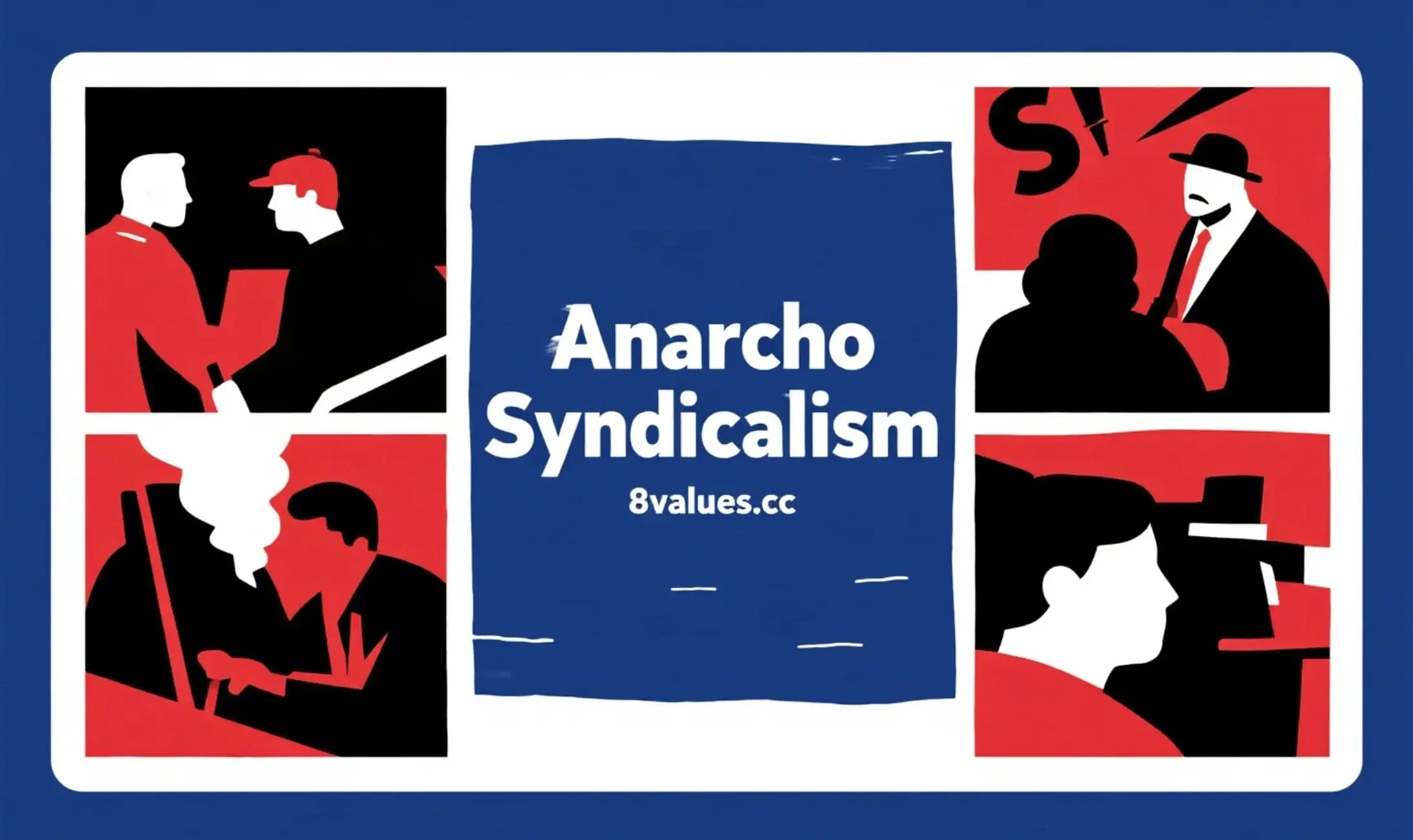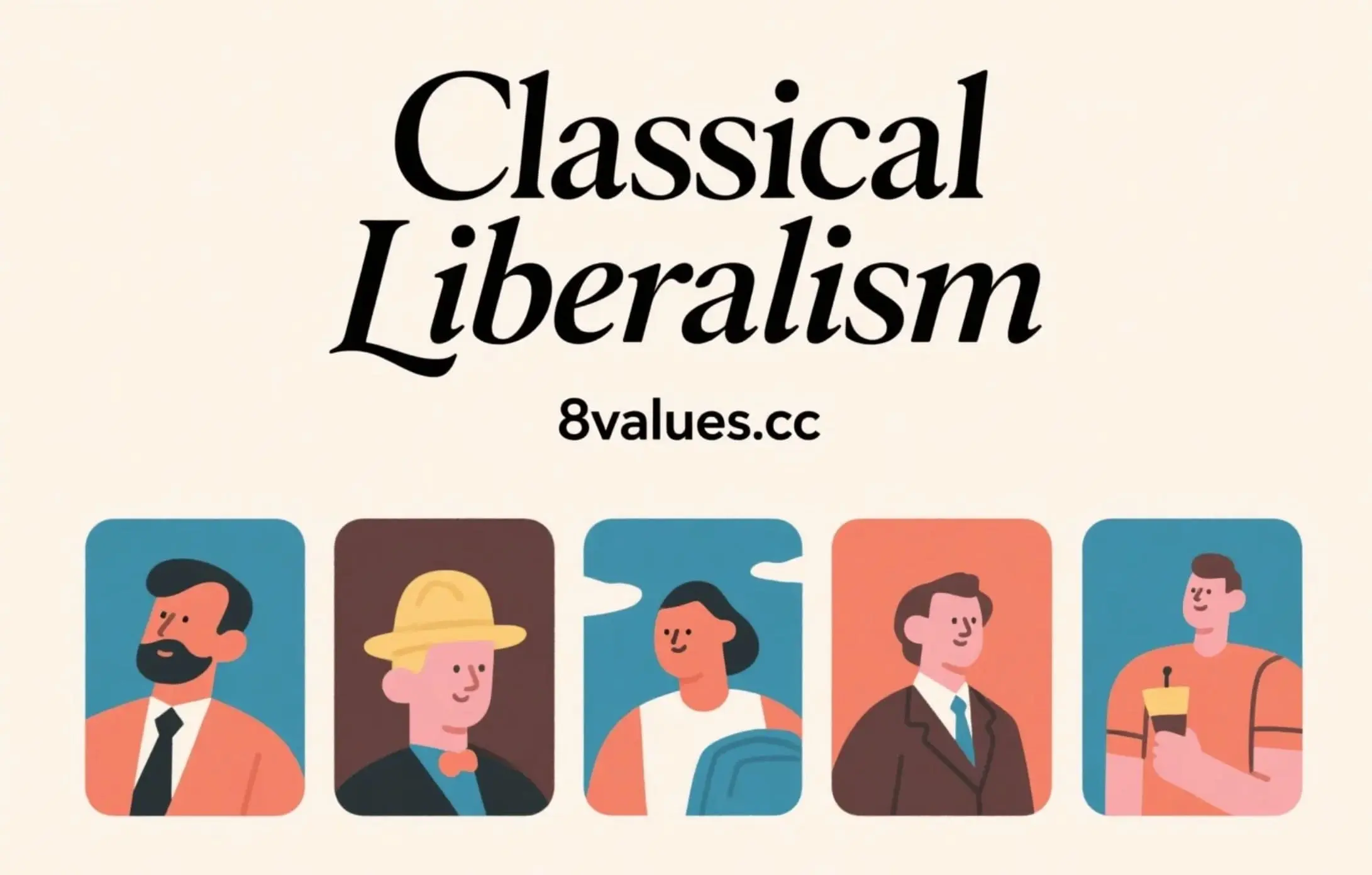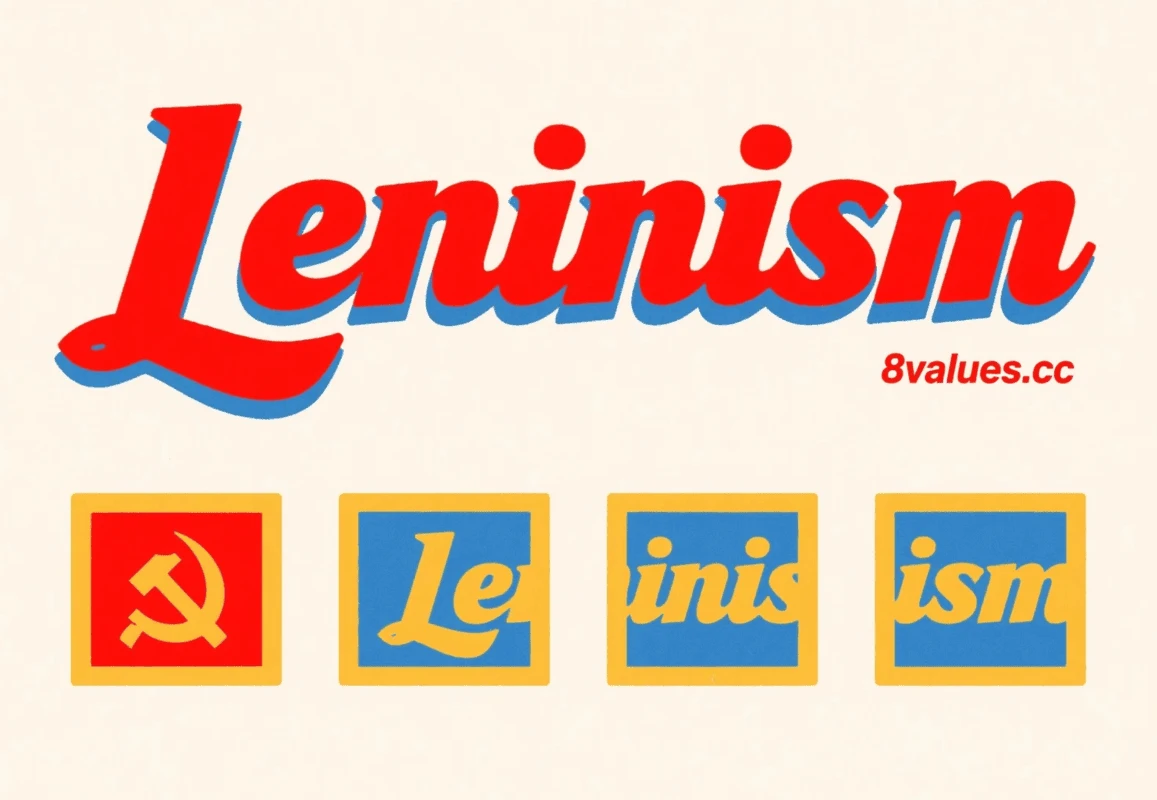The Communist Manifesto and Das Kapital: The connection and difference between the political program and the economic science masterpiece
Discuss the connection and difference between the positioning, style and core theories (such as the surplus value theory) of Karl Marx and Friedrich Engels: the Communist Manifesto as a revolutionary political program and the Das Kapital as a profound economic science masterpiece.
The Communist Manifesto and Das Kapital, co-wrote by Karl Marx and Friedrich Engels, are the two most influential foundational works in the Marxist theoretical system. Although these two works have significant differences in form, style and focus, they together constitute the theoretical cornerstone for understanding Marxist thought, especially their profound analysis of the capitalist system.
The Communist Manifesto was first published in London in February 1848 and is a programmatic document of Marxism. The first volume of Karl Marx's economic masterpiece, Das Kapital, was published in 1867. It is the culmination of his criticism of political economy. The former is the blueprint of revolution and the call for battle , while the latter provides a detailed and scientific theoretical basis for this blueprint.
The positioning of the Communist Manifesto: the program of revolution and the manifesto of battle
The Communist Manifesto was originally a detailed theoretical and practical program for it commissioned by the Communist League . As a political pamphlet , it is short, usually only about 23 pages long, and in the modern version it is about 14,000 words.
Programmatic summary:
The primary goal of the Communist Manifesto is to publicly elaborate on the views, purposes and intentions of the Communists in order to refute the "fairy tale" about the "ghost of communism" that was circulated in society at that time. The document condenses Marx and Engels' materialist understanding of history, comprehensively and systematically elaborates on the theory of scientific socialism , and points out that the communist movement will become an irresistible historical trend.
The Communist Party’s theory can be summarized as one sentence: eliminate private ownership . This theory was not invented out of thin air by a "world reformer", but a universal expression of the relationship between class struggle and the actual ones that occur in the ongoing historical movement .
The battle manifesto:
The writing style of the Communist Manifesto is popular prose and debated text , full of poetry and profound insight . It is known for its extremely inflammatory rhetorical power and dramatic appeal . Its famous beginning, “A ghost, the ghost of communism, wanders around Europe” and the ending slogan “Proletarians of the world, unite!” (or “The working class loses only chains, and what they gain will be the whole world”) fully reflects the manifesto nature of its battle .
The Communist Manifesto clearly articulates the path and goal of the proletarian revolution, namely overthrowing the rule of the bourgeoisie, winning democracy by seizing political power , and taking a series of transitional measures, such as implementing high progressive income tax, abolishing the right of inheritance, nationalization of means of production and free public education .
If you wish to understand the attitudes of different ideologies towards class struggle and property, you can refer to 8 Values All Results Ideology .
The essence of Das Kapital: The scientific economics masterpiece
Unlike the Communist Manifesto as a short and exciting political pamphlet , Karl Marx's Das Kapital is regarded as a profound and scientific work and a classic work in political economy .
Scientific systematic analysis:
Das Kapital is Marx's main work , which systematically examines the laws and economic mechanisms of capitalism. Marx spent a lot of time writing this masterpiece in the reading room, and eventually formed a multi-volume (Volume 1 published in 1867, Volumes 2 and 3 published posthumously). This work is extremely large in length, with three volumes totaling more than one thousand pages, and the content is dense and complex . It is a scientific text that requires in-depth research.
Detailed theoretical basis:
The core goal of Das Kapital is to analyze the economic development of capitalism and clarify its internal mechanism as a specific stage of social and economic development. Among them, Theory of Surplus Value is one of the key ideas proposed by Das Kapital.
- The surplus value theory illustrates the value of workers producing through labor exceeding the value necessary for their wages . The factory owner or capitalist takes all the value created by the workers in excess production time beyond the labor time required to make a living as profit.
- This theory reveals the nature of exploitation under the capitalist mode of production . It describes employed labor as a form of wage slavery , where workers must sell their labor in exchange for the minimum means of living needed to survive.
This empirical analysis of economic relations and scientific explanation of the exploitation mechanism provided by Das Kapital provides detailed scientific support for the political action program and revolutionary goals proposed in the Communist Manifesto.
The mutual support of the program and science: the connection between the core of theory
Although the Communist Manifesto and Das Kapital are different in positioning, they are both based on the historical materialist methodology of Marx and Engels .
Common theoretical core - historical materialism:
Both the Communist Manifesto and Das Kapital take the Historical Materialism as their basic idea . This idea believes that:
- The economic mode of production and exchange and the resulting social structure are the basis on which the political and spiritual history of the era depended .
- Class struggle is the driving force behind all written history to date.
- The demise of the bourgeoisie and the victory of the proletariat are equally inevitable .
Differences and connections in positioning:
- The Communist Manifesto is a programmatic summary: The Communist Manifesto previews the inevitable demise of bourgeois society and calls on the proletariat to seize political power through revolution. It is a political document designed to educate the proletariat and to master weapons against the bourgeoisie.
- Das Kapital provides a scientific basis: Das Kapital is Marx's criticism of political economy, which clarifies the inherent contradictions of capitalism , especially through the theory of surplus value, to scientifically prove the historical necessity of this demise. If the Communist Manifesto is the "key point" , then Das Kapital is the "proof" .
In the preface to the 1883 German version of the Communist Manifesto, Engels emphasized that the basic idea that runs through the Communist Manifesto, that economic production and the resulting social structure are the basis of political and spiritual history, and that class struggle is the whole of history , this basic idea is exclusive and completely belongs to Marx .
Differences in writing style, audience and goal focus
The Communist Manifesto and Das Kapital have significant differences in writing style, audience, and core focus .
| Features | The Communist Manifesto | Das Kapital |
|---|---|---|
| Style and length | The booklet is short and concise , easy to read quickly. | Major work , multi-volume , is difficult to read and requires in-depth study. |
| Writing style | Polemic, passionate, and highly inflammatory debating body aimed at resonating with emotion . | Rigorous, intensive and complex scientific analysis aims to objectively reveal economic laws. |
| Core focus | Political program and revolutionary action call . | Scientific analysis and revelation of the laws of capitalist economics . |
| Main functions | The ideological weapon of the armed proletariat points out the direction of struggle. | It provides scientific basis for revolutionary theory , especially the surplus value theory. |
The Communist Manifesto was designed as a tool for political education and propaganda to the masses . It simplifies the description of class struggle, and society is increasingly divided into two opposing classes: Bourgeoisie and Proletariat . This simplification and passionate language of opposition makes it one of the most widely read political literature in the world .
In contrast, reading Das Kapital usually requires readers to have deeper theoretical cultivation . In Das Kapital, Marx made a meticulous analysis and definition of concepts such as capital, value, and labor. The scientificity and complexity of its theory make it an academic work studied by a few people.
These two works each assume different missions: the Communist Manifesto sets the goal and calls on "proletarians all over the world to unite!" to ignite the spark of revolution; while Das Kapital provides the "fuel" and "scientific truth" needed to burn the spark of revolution , proving the historical inevitability of proletarian liberation.
Understanding these core ideas is an important step in exploring political values tendencies . You can learn more about your personal political stance through the 8values Political Values Prone Test and explore more 8values all results ideologies . Even in the modern day, sales of both books have soared with the outbreak of the global financial crisis (such as in 2008), suggesting that its critique of the ills of capitalism and its analysis of the path of human development still have significant significance today . For more related content, please continue to visit our official blog .






